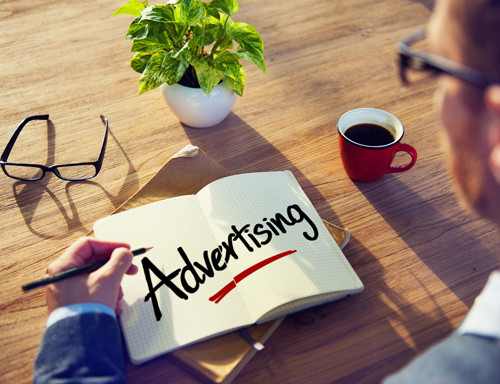For the advertising world, 2014 was “the year of native”. Everyone, from ad networks to consumer brands and TV presenters exhausted every strategy to capitalize on the virality associated with these ads, ultimately making “native” an industry-wide buzzword.
Native advertising has been evolving at breakneck speed over the past few months, with 63% of marketers polled by ANA looking to increase budgets allocated for native advertising in 2015. Native advertising demands true flexibility and agility in order to remain relevant to the myriad of new apps that are being designed today. Pleasing the critical, jaded and multi-tasking user has become the ultimate goal for every business, product, and app.
Since native advertising’s sole objective is to improve the user’s ad experience, marketers need to understand the top reasons this ad form factor will continue to “rule the roost” in 2015:
The Fusion of Video and Native Advertising: Mobile video ad spend more than doubled between 2013 and 2014 in the US, and is expected to cross $6 billion by 2018. There is no doubting the efficacy of video as an advertising medium, nor are there any questions remaining about consumer preference to over video. Video advertising will soon make an appearance in your in-feed native ad content as well. Consumers of content publications and social networking apps, due to their dedicated browsing times, are on track to become the biggest audience of video ads in 2015. These types of ads are bound to deliver value to brands and app-downloads for advertisers due to their dual focus on creative content coupled with a solid call-to-action. Native video ads have been known to deliver 82% brand lift, 4 times that of pre-roll video ads.
Scale through Programmatic: Ever since the IAB blessed the concept of programmatic native with its OpenRTB Ad Spec, there’s beenan increased adoption among the industry. Mobile properties that adhere to these specifications in their app design will be able to leverage the power of programmatic native and increase demand diversity and scale. However, as different categories of apps like music and games turn towards native advertising to create a more pleasing ad experience, the ‘native standard’ may need to expand in order to encompass more of the common layouts and sizes.
Growth of In-feed Commerce: m-Commerce is expected to be a $626 billion industry by 2018, and native ads provide the perfect opportunity for commerce advertisers to demonstrate their product catalog by virtue of the context they appear in. As people browse through their social and news feeds, and entertainment catalogs with a relaxed mindset, commerce advertising lends perfectly to the in-feed native ad unit and encourages exploration and user re-engagement especially in case of shopping cart abandonment. Carousels and multi-product ad units will take main stage for presenting multiple options to the users.
Popularity of Sponsored Stories: Sponsored stories are the most preferred form of native advertising for content publications. While publisher advertorial teams offer true customization, scale can be achieved through standardized stories created by the advertiser and made available to different publishers. Content discovery platforms like Taboola and Outbrain can play a pivotal role here in increasing the scope of sponsored stories. Maintaining the quality of the stories to align with the publisher’s audience is a critical challenge to beat.
Native advertising will continue to seep its way into everyday life – marketers, publishers and advertisers will need to stay agile to keep up.






